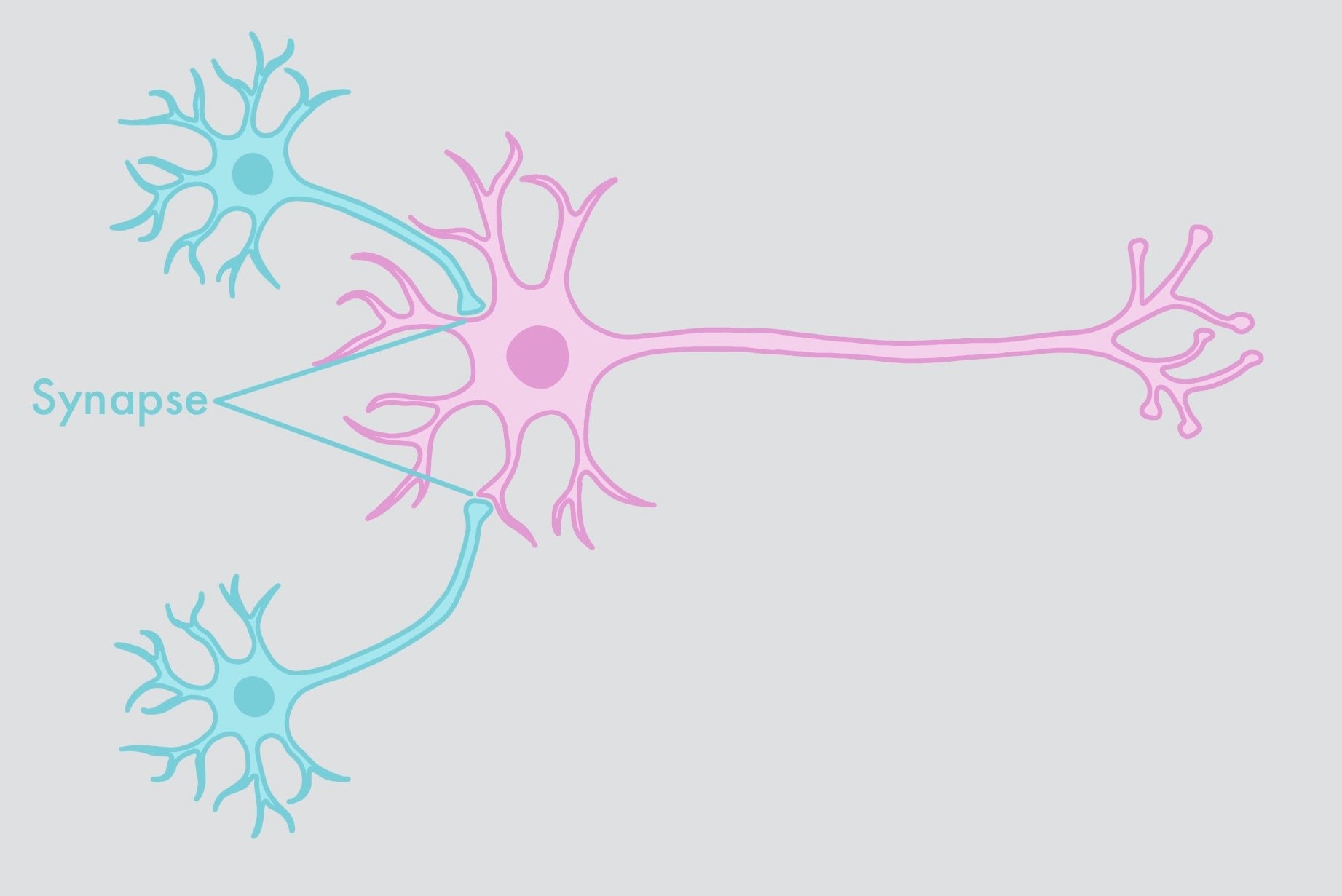What is a Synapse?
Neurons communicate with each other via synapses, which are connections between two cells through which information passes. Each synapse is composed of a pre-synaptic neuron and a post-synaptic neuron. The pre-synaptic neuron communicates incoming information to the post-synaptic neuron, which can then go on to communicate information to other neurons or tissues in the body.
Electrical Synapses
Another type of synapse is an electrical synapse. In electrical synapses, the two neurons are connected to each other via gap junctions. These gap junctions connect the cytoplasm of one cell to another, allowing for chemical and electrical signals to be passed from one neuron to another.
When a neuron is activated, an action potential is generated, which results in the accumulation of electrical charge in the pre-synaptic neuron. This electrical charge then passes through the gap junctions, triggering an action potential in the post-synaptic neuron. Electrical synapses are bi-directional, which means that electrical charge can flow in both directions, allowing for both neurons to communicate messages to each other.
Gap junctions are especially important for neurons that control cardiac muscle, also known as heart muscle. In order for the muscles of the heart to beat in rhythm, electrical signals must flow through many different parts of the heart very quickly. Gap junctions allow for electrical current to flow through cells rapidly, producing coordinated contractions that pump blood throughout the body.
Chemical Synapses
Chemical synapses are synapses that use chemical signaling. These chemicals, also known as neurotransmitters, communicate specific messages to other neurons and tissues in the body. Different neurotransmitters communicate different messages, allowing for neurons to control specific processes in the body.
Neurotransmitters are housed in vesicles (membrane-enclosed pockets in the cell) in the axon terminals. When an action potential is triggered in the pre-synaptic neuron, calcium channels open in the axon terminals. When these channels are opened, calcium flows into the pre-synaptic neuron, which allows for neurotransmitters to be released into the synaptic cleft (space between the pre-synaptic and post-synaptic neurons). The neurotransmitter binds to receptors on the post-synaptic neuron, causing specific processes to occur in this cell. These processes can range from triggering action potentials, inhibiting action potentials, or releasing certain molecules onto other tissues.
Chemical synapses are uni-direction, information can only flow from the pre-synaptic neuron to the post-synaptic neuron.



